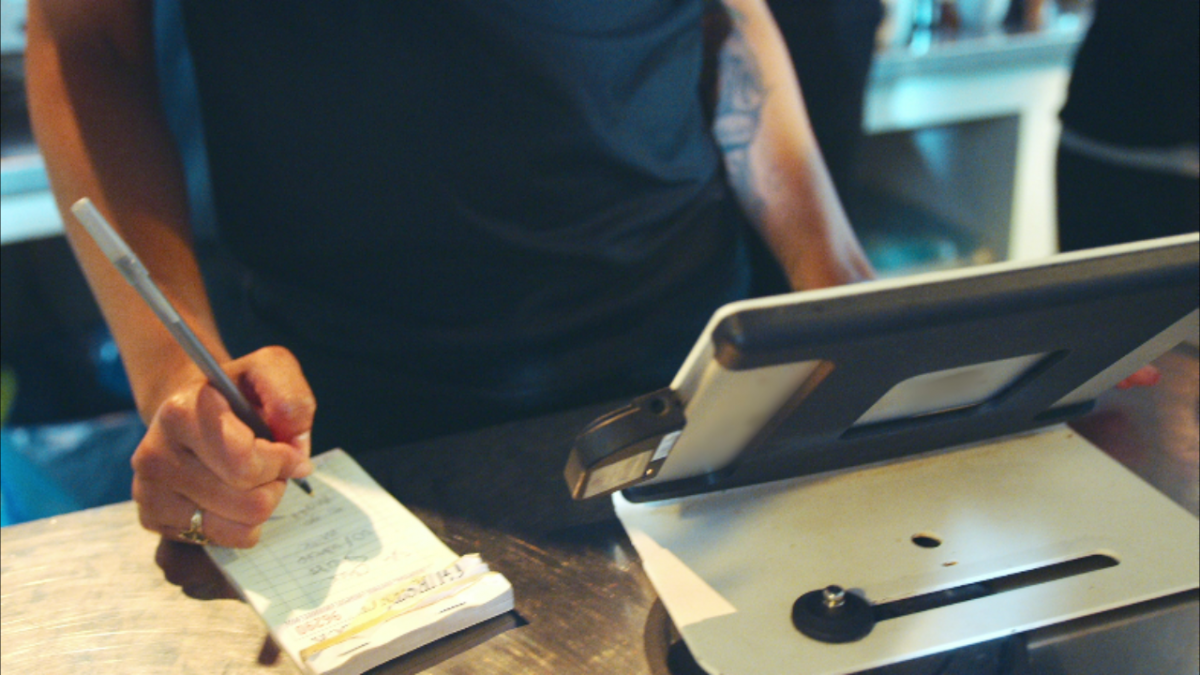New Purchase Order Features
Long overdue is a revamp of the way BarSight handles your restaurant expenses. We've recently heard from our clients that wanted more of a Purchase Order system, rather then jut expense tracking. So we hit the drawing board hard and have come up with a massive improvement to our Accounts Payable module that we think everyone will enjoy.
Here’s a quick breakdown of the newly added features in the Purchase Order section of BarSight:
Key Updates:
- Items for POs: Before, we only allowed you to define GL accounts and their costs to a vendor invoice, now you can add named items to your order and define the GL account those items goto.
- Automatic Tax Calculation: When you setup named items with a tax code, the system will automatically calculate those costs on the order.
- Vendor Restrictions: You can now restrict vendors to only order specific items.
- Multiple SKU Numbers & Prices: The same item can have different SKU numbers and prices across multiple vendors.
- Email PO to Vendor: You can email the new PO to your vendor (with their SKU numbers) to ensure clear communication.
Step 1: Vendor Setup with Restrictions
-
In your vendor list, you’ll notice two new columns: Type and Items.
- Type: Indicates if the vendor is restricted or unrestricted.
- Items: Shows the number of specific items available for that vendor.
-
Restricted Vendors: Can only order specific items in a purchase order. You will want to setup most vendors to likely be restricted to manage purchasing better.
-
Unrestricted Vendors: Can order any item at any cost, such as when you're getting one-off items from a grocery store.
Step 2: Setting Vendor Restrictions
-
When adding or editing a vendor, you can enable Restrict to Purchasable Items.
-
Below this, you’ll see the item list. For example:
- For a vendor like Dairyland, you can add specific products like a 4-liter jug of 2% milk or 1L container of heavy cream.
- Enter vendor-specific SKU numbers and prices for these items. If not, the default SKU and price will be used.
- Other vendors like can have different prices and SKUs for the same items. For example, their 4-liter jug of 2% milk may have a different SKU and price than Dairyland.
Step 3: How it Works on the Purchase Order Screen
- After creating a new purchase order for a restricted vendor, you’ll notice a filtered list of items available for that vendor.
- The SKU numbers and prices you entered for each item will appear, allowing you to add quantities and automatically updating the total.
Step 4: Searching & Editing
- You can search for items using the SKU number or item name.
- If you're an admin, there will be a link to edit purchasable items for the vendor directly from the purchase order screen. Regular staff members without access won't see this option.
Finalizing the Order
- After filling out the order, you can click Print to generate a PO for your records.
This streamlined process makes managing your vendor relationships and purchase orders more customizable and efficient!

